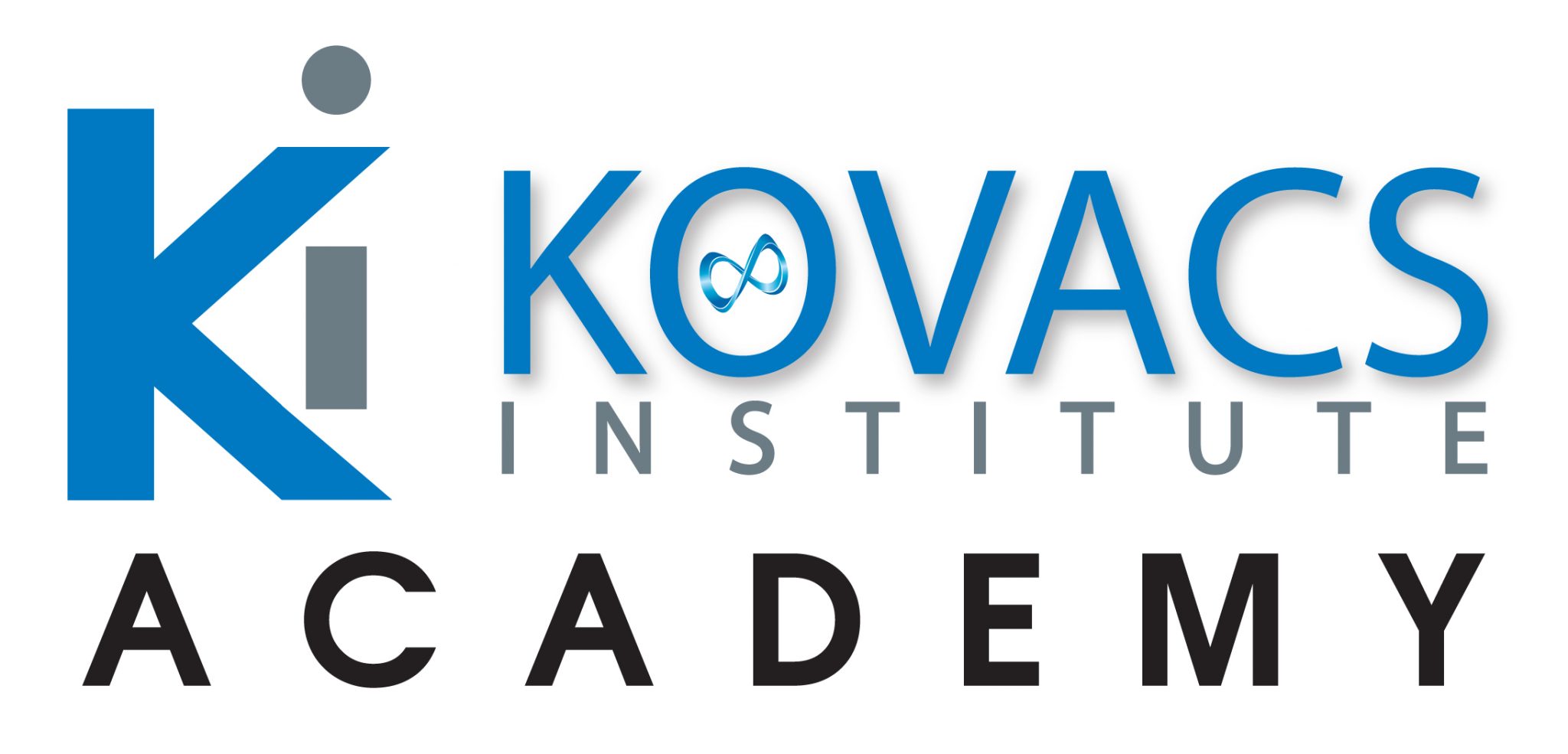Cramping is an area that we have worked in for more than 20 years. Dr. Kovacs worked in two temperature and hydration labs during graduate school and performed dozens of studies looking at heat tolerance, temperature regulation, recovery, nutrition and cramping. He also served as the Director of the Gatorade Sport Science Institute studying the best athletes in the world and working on techniques to improve nutrition and hydration for performance, sleep, recovery and reducing the likelyhood of injury. We asked him for some tips and areas to focus on to help players reduce the chance of cramping during practice or competition.
The most common areas that players, parents, coaches and trainers focus on (but usually do not even get these correct):
- Electrolytes – Most tennis players do not take enough electrolytes. We have been working in this area for more than 20 years and it is common for elite tennis players need between 1500-3000mg of sodium per match. However, some may only need 500-1500mg per match. That is why it is important to understand the physiology. Also having appropriate magnesium, potassium is also vital.
- Hydration – Most tennis players do not drink enough before and during matches. It is very common for players to lose between 1.5-3Liters (50-100oz) per hour for male tennis players and between 1-2Liters (34oz-68oz)
- Nutrition – Most players do not understand if they are a Carbohydrate Burner or a Fat Burner. It makes a major difference in how you fuel before and during matches depending on how you burn fuel. A carbohydrate burner needs more carbohydrates in the diet, whereas a fat burner needs more fat in the diet. If you get this wrong the athlete can be struggling badly with energy and this can lead to real problems in matches and training.
Below Are The Areas That Many Do Not Focus Enough On That Makes A Major Difference:
- Tennis Specific Conditioning – most players that struggle with cramping are not in good enough tennis shape for the highest demands of the sport. Many people think they are training hard, but when we test them they are below where they need to be for high level tournament tennis. Many parents, players and coaches are unrealistic on what is required to play tennis at a high level when it comes to the right type of conditioning.
- Competitive Stress – We know that cramping is highly correlated with competitions. We do not see 1/10th of the amount of cramping occurrences in practice compared to competition. This highlights the need for better breathing techniques, relaxation strategies, calming techniques on-court etc.
- Cooling – keeping core temperature lower reduces the likelyhood of cramping. Most players do not do a good enough job of this during hot and humid conditions. Utilizing all cooling methods available. Pre-cooling, during match cooling etc.
- Performance Blood Work – This is looking at changes in blood profiles during training and at rest. We do this with all our elite athletes to help better setup the nutritional and training plan.
- Nervous System – Taking various products can provide great value as a method to reduce the symptoms when a cramping episode may happen. Many of these techniques do not stop cramping completely, but can very much reduce the symptoms. It can certainly reduce the severity of minor cramps and delay the cramping cycle.
- Muscle Relaxers – If you have done everything perfectly above, then an athlete may work with a healthcare provider with low dose mild muscle relaxers for extreme scenarios. These are usually a last resort and never really are needed if all the previous areas are addressed correctly.








Add comment